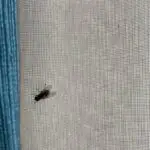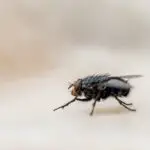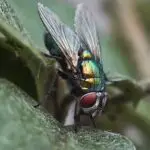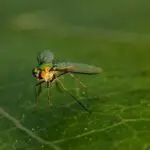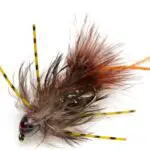Where Can Flies Lay Eggs in a House?
One of the most common places where flies lay eggs is in leftover food. These things can range from old, spoiled food from the refrigerator to the small crumbs that linger after a large meal. Fly eggs are laid in these piles of food and can produce many generations. They will also lay their eggs in produce that has been left out on the counter.
These insects feed on dead animals and carrion. Their eggs will develop into maggots, which are pale white worms. Despite their tiny size, these creatures prefer decaying matter. This means that rotting plant and animal waste will provide the perfect environment for maggots to develop. In addition, dead animal corpses make ideal places for larvae to hatch.
While these insects do not create nests, they will often pile up everywhere in the house, unless they are protected by another type of structure. This makes a house an attractive target for flies. Using a fly-proof covering will prevent them from entering.
Adult flies live for about 15 to 25 days. They can survive two to three days without food. A suitable food supply will greatly extend their life span. If their habitat is cooler, they will live longer. In warm temperatures, they will lay up to five or six batches of eggs. The larvae will develop and pupate in four to seven days. During this time, the larva contracts its skin into a 1/4-inch-long case. Inside, the true pupa will develop. Then, the adult female will emerge from the pupal case and will be ready to merge with the male.


